Echinacea - Aster Yellow
boday
11 years ago
Related Stories
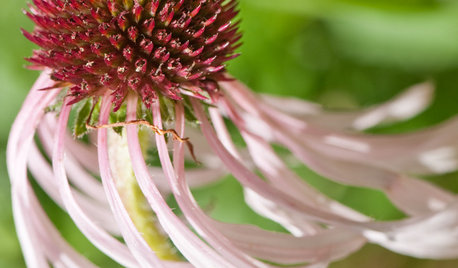
GARDENING GUIDESGreat Design Plant: Echinacea Pallida
Plant pale purple coneflower in perennial gardens or informal prairie plantings for spring blooms, bees and butterflies
Full Story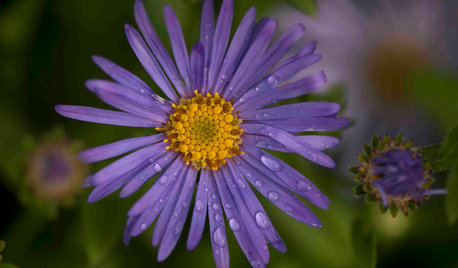
FLOWERSGreat Design Plant: Aster
Putting on a spectacular show in fall, asters in a rainbow of colors and a range of sizes are a versatile fit for any garden
Full Story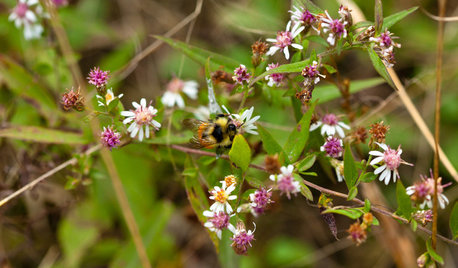
FLOWERS AND PLANTSCalico Aster Is a Shade-Loving Pollinator Nirvana
Plant Symphyotrichum lateriflorum, an eastern U.S. native, in summer for fall blooms that scores of wildlife species will love
Full Story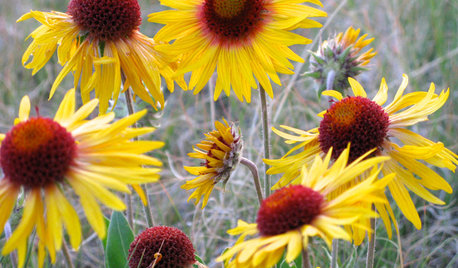
FLOWERS AND PLANTSBlanketflower’s Yellow Blooms Brighten Up Summer and Fall Gardens
Gaillardia aristata welcomes wildlife, shrugs off drought and poor soils, and can help restore grasslands
Full Story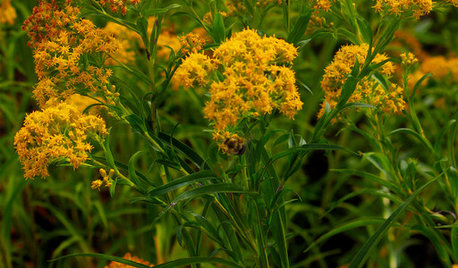
FLOWERS AND PLANTSThis Sunny Yellow Flower Helps Fall Pollinators and Landscapes
Oligoneuron riddellii’s distinct grass-like leaves and bright flowers jazz up the garden in the upper Midwest and Central Plains
Full Story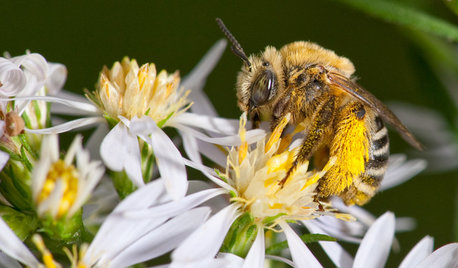
GARDENING GUIDESLook for Long-Horned Bees on Summer's Flowers
These insects are busy in the garden come summer and fall, pollinating sunflowers, coneflowers, asters and more
Full Story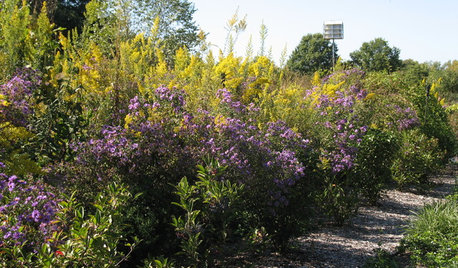
GARDENING GUIDESGreat Design Plant: Solidago Speciosa
Showy goldenrod lives up to its name in eastern U.S. gardens, with bold, upright yellow flowers appearing in early fall
Full Story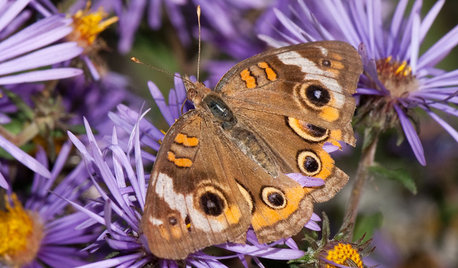
FALL GARDENINGGreat Design Plant: Symphyotrichum Novae-Angliae Ushers in Fall
With bold purple flowers easily accessible to pollinators, New England aster offers loads of interest in the autumn garden
Full Story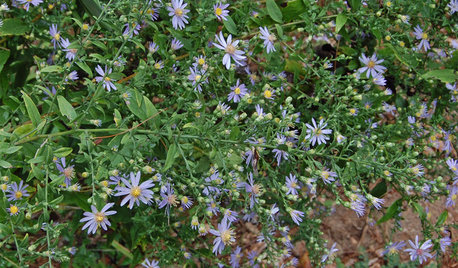
GARDENING GUIDESGreat Design Plant: Symphyotrichum Shortii
Shade-tolerant Short's aster extends the fall season with color and food for pollinators
Full Story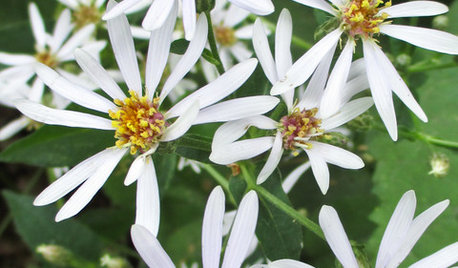
GARDENING GUIDESGreat Design Plant: Eurybia Macrophylla Fills a Void
Plant bigleaf aster in late fall for late-summer color in the shade garden
Full StoryMore Discussions






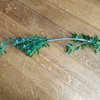
Nevermore44 - 6a
rouge21_gw (CDN Z5b/6a)
Related Professionals
Fort Lee Landscape Architects & Landscape Designers · Marina Landscape Architects & Landscape Designers · Brookside Landscape Contractors · Addison Landscape Contractors · Euclid Landscape Contractors · Hampton Bays Landscape Contractors · Homewood Landscape Contractors · Long Beach Landscape Contractors · Oviedo Landscape Contractors · Oxnard Landscape Contractors · Point Pleasant Landscape Contractors · Pompano Beach Landscape Contractors · Vermilion Landscape Contractors · West Haverstraw Landscape Contractors · Whitehall Landscape ContractorsbodayOriginal Author
hostaholic2 z 4, MN
the_plant_geek
Nevermore44 - 6a
rouge21_gw (CDN Z5b/6a)
bodayOriginal Author
rouge21_gw (CDN Z5b/6a)
Nevermore44 - 6a
the_plant_geek
Nevermore44 - 6a
the_plant_geek